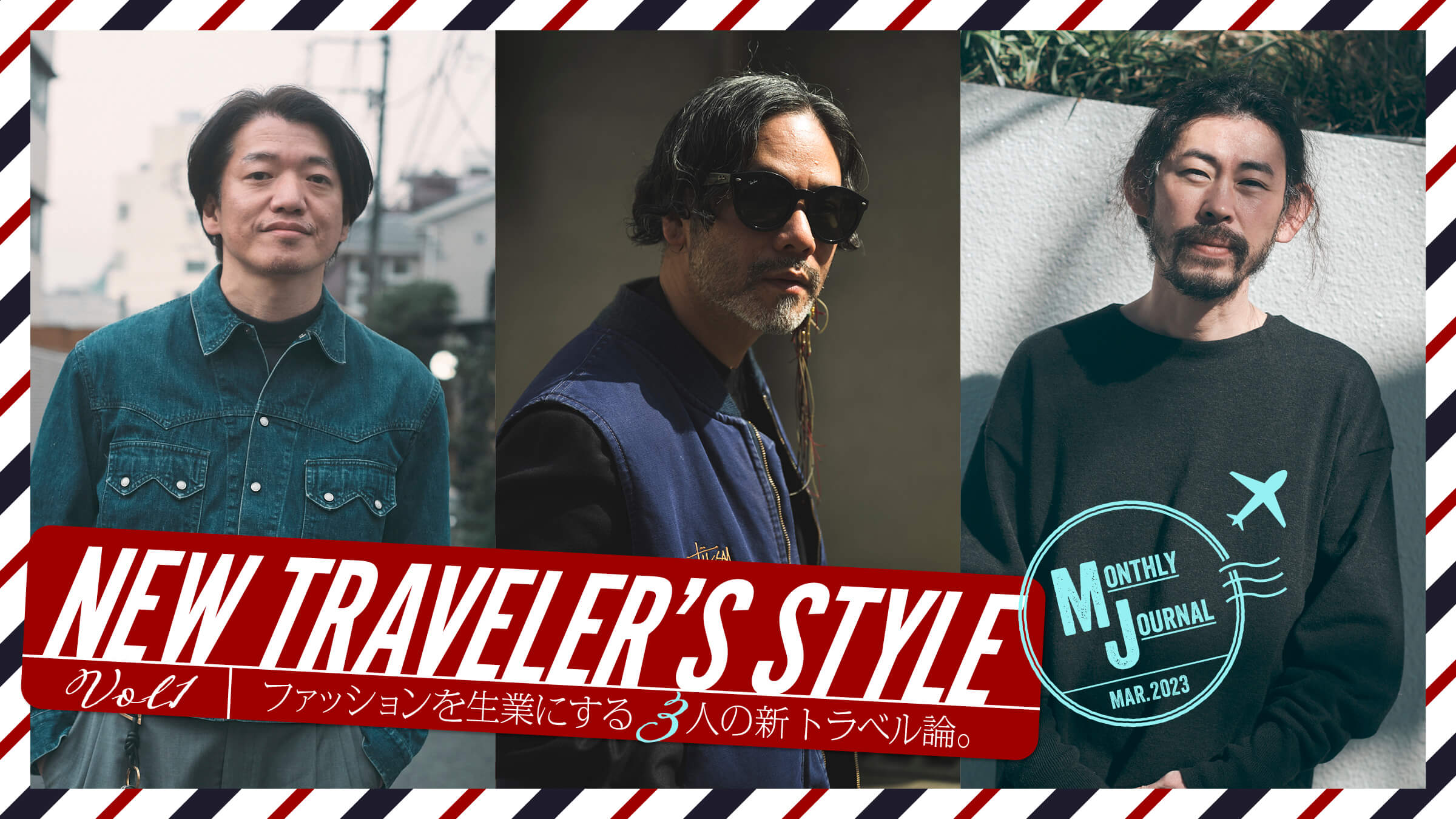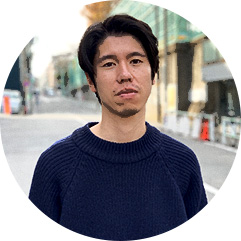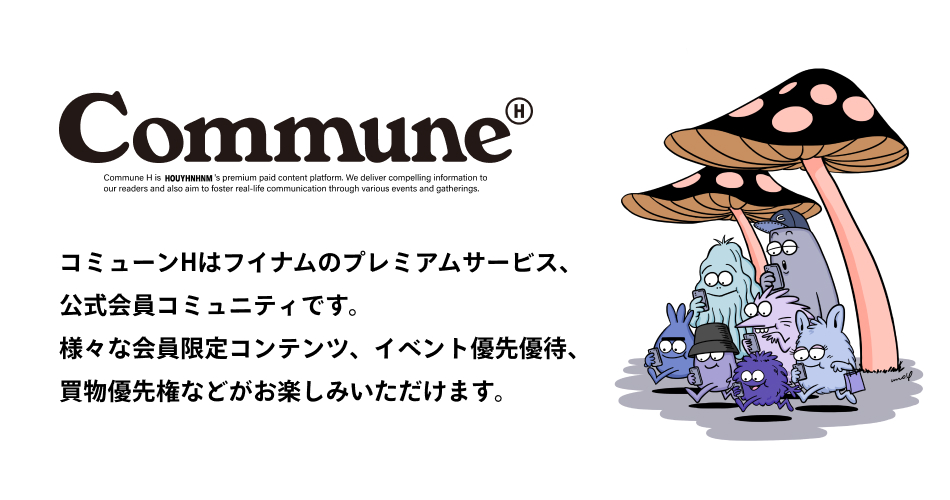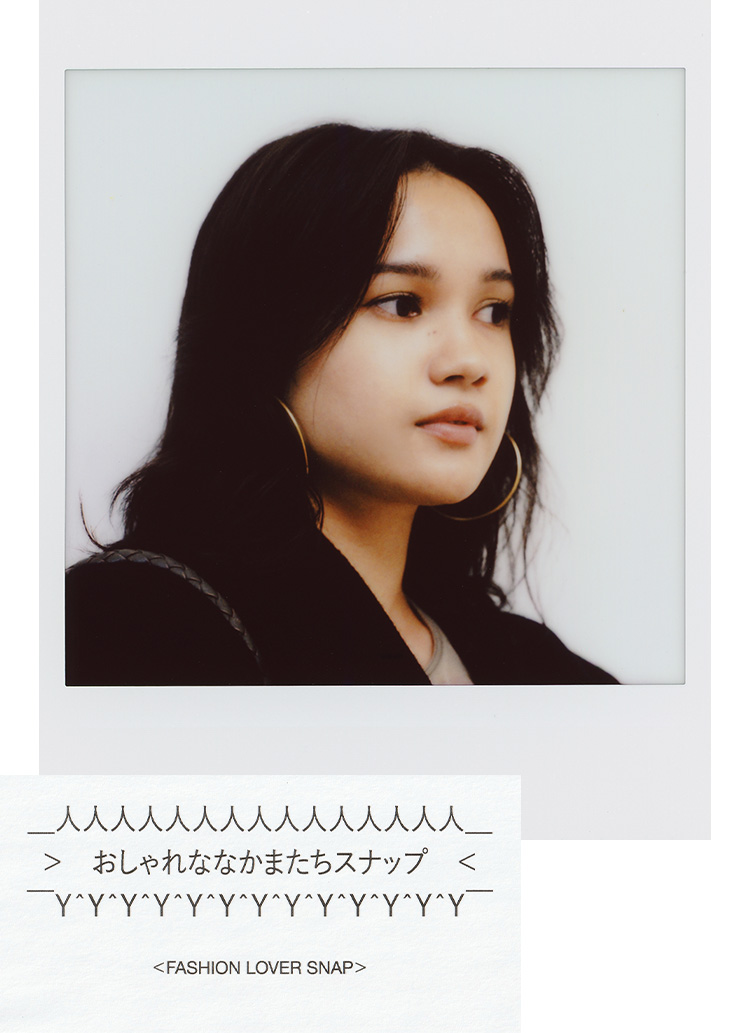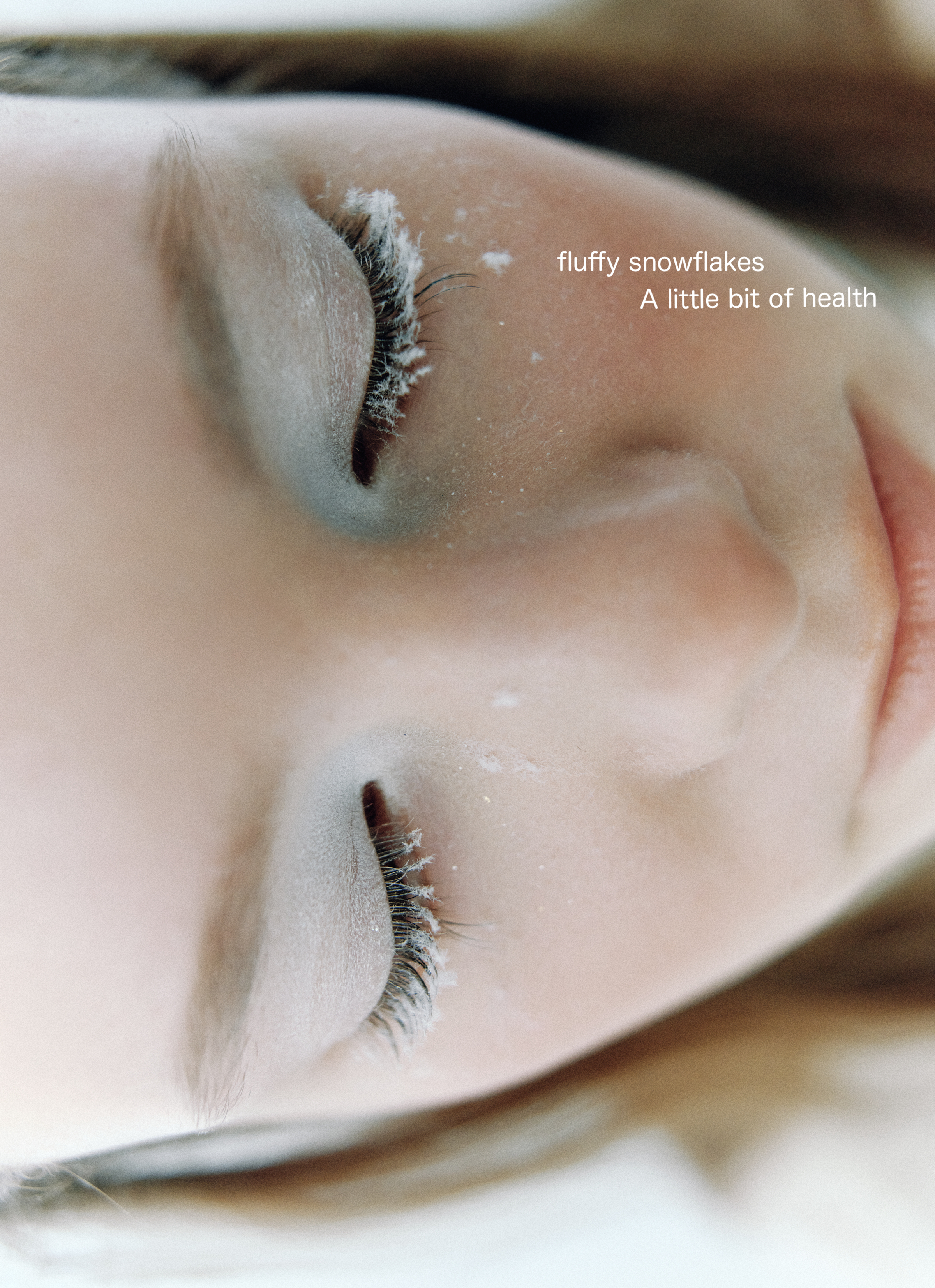TRAVELER 01 : MASAHIKO SAKATA Perspectives and avenues to gain from artists and collectors.

PROFILE
Born in Wakayama in 1970. After graduating from Vantan Design Institute, he gained experience while working for various collection brands before establishing "Archive & Style" in 2004. Currently, while directing several brands, he is active in a wide range of fields, from the development of original fabrics to product design and space direction.
Instagram: @sakata_aands
What is your fashion style when traveling?
Sakata:I don't really think about wearing something comfortable because I am traveling, or preparing clothes for rain. I want to be as normal as possible. I always make sure to have a jacket with me in case I am suddenly invited out to dinner or for other formal occasions. As an adult, I want to take care of such things even when I am traveling.

For LA, he chose a blazer from Brooks Brothers and a striped shirt from Sofnet. Even if I never get a chance to wear it, it's definitely in my luggage. They say a blue shirt gives a person a sense of trust. As a side note, it seems to be worn by a high percentage of portrait photographers in the U.K."


This tote from "Manhattan Portage Black Label" is by Mr. Sakata. I designed the bag with a zipper on the side so that it is easy to take out your belongings while the bag is slung over your shoulder. I thought it would be easy to take out my passport and other necessary items. I recommend this bag for travelers.
Sakata:And speaking of clothes, about 20 years ago when I went to Pitti (Editor's note: Pitti Immagine Uomo, a men's ready-to-wear trade show), I had to wear the same clothes for three days because I had lost my baggage. That was very hard on me, so I make it a rule to bring my own clothes on board for connecting flights (laughs).
I also bring incense that I sometimes burn at home. Smelling familiar scents calms me down.
I see. I heard that you went to LA the other day.
Sakata:One is that I wanted to see how the fashion scene in each city was faring as the Corona Disaster began to settle in. The other is that I like to buy artwork and visit artists' studios. This time, I went to LA to see a big art fair and also to see how artworks are displayed in the homes of local art collectors.

SAKATA'S EYE 01
This is the home of the collector we visited on this trip. It is a corridor-style space that resembles a museum. He says, "I admire Georgia O'Keeffe's lifestyle, and this is the kind of space I would like to see. Perhaps I want to see a certain kind of vividness in the way he makes use of this kind of space.


SAKATA'S EYE 02
David Hockney is a favorite of Mr. Sakata. A pattern often used in his works is painted on the pool of a hotel in West Hollywood. It was painted on the bottom of the pool by Hockney himself in the 60's and 70's. Isn't it amazing? Isn't it amazing? I was simply moved to see the motifs depicted in his works in real life.
Is this your first time abroad after the Corona Disaster?
Sakata:I went to Seoul last September. It was my first time out of Asia.
What kind of things have you looked at in terms of fashion research?
Sakata:I have been to select stores where celebrities gather, such as Maxfield's. From the results, I got the impression that fashion was not energetic. The selected brands were not new. For better or worse, it was the same as in the past, and I couldn't sense any change in the trend.
Have you noticed any changes in your work?
Sakata:I was surprised to see that prices have simply become more expensive, even leaving aside the impact of the exchange rate. In that sense, the disparity must be widening.

Sakata:Then there is an organic supermarket called "Elewon". They opened a store in the center of Beverly Hills last fall, and it was very busy there. The customers were very cool. Not only the so-called "natural" oriented people, but also fashionable people dressed in fashionable clothes were enjoying shopping there.
Whole Foods Market is a well-known organic supermarket in the U.S., isn't it?
Sakata:If "Whole Foods Market" is for the masses, "Erewon" seems to attract a higher class of celebrities and people who are highly conscious of fashion and the environment, and the prices are high (laughs). (Laughs.) I sense a growing health and environmental consciousness based on that.

Here is the "Erewon" bag we talked about. It has a solid gusset and is surprisingly easy to use. I also like the piping that makes it easy to fold. However, it cost about 5,000 yen, so it's a little too expensive to buy as a souvenir for everyone.
Sakata:For example, until about 5 or 6 years ago, polyester eco-bags were sold at "Whole Foods Market" next to the cash register. These bags were very useful as souvenirs for tourists. But now they have been replaced by organic cotton bags.
Have you seen such an acceleration in environmental awareness outside of "Erewon"?
Sakata:Even at the art fairs I visited, for example, drinks were served in bottles instead of PET bottles, and although not all places in LA do this, many places used bottles or paper cartons instead of PET bottles. This reminded me of when I was a child. Milk and cola used to be bottled. In that sense, I felt like I was going back to the old days.

Sakata:I also went to MoCA (Museum of Contemporary Art, Los Angeles), which offers free admission. I bought a pouch as one of the original goods there, and it had a certain message on it.
What is the message?
Sakata:The message is something to the effect of "This product is a reused banner that used to be displayed in LA. In other words, what would normally be thrown away is upcycled as merchandise, and the proceeds are used to make viewing free. The design includes such a cycle.

SAKATA'S EYE 03
The pouch of "MoCA" has excellent coloring. The original banner itself must have been a good design. The United States is a melting pot of races, and more people visit here than in Europe. That's why public design is easy to understand at a glance and gives a sense of strength.
You have thought this through very well.
Sakata:I sense a strong message. The fact that such environmental awareness is skillfully incorporated into the design and made to function is very clever.
Do you ever use the ideas you gain from your travels in your own work?
Sakata:I don't have any direct ideas about using recycled materials or anything like that. After all, no matter how many environmentally friendly materials are used to make clothes, if people do not love them, they will be wasted. In that sense, there are clothes that make people feel satisfied when they get them. I would like to make clothes that provide such a high level of satisfaction.

Are there any countries or places you would like to visit in the future?
Sakata:This is very specific, but I would like to visit collectors' homes and artists' studios, as I did on this trip. In other words, I want to visit places where I can see the personality of the person.
Why is that?
Sakata:Whether it is a collector or an artist, I want to know how they arrived at their destination and why they are pursuing it. There is a trigger or a theme of their own. By looking at them, I want to find out what kind of value they inspire me and what kind of perspective is the right way to approach things. Even when collecting art, I am still required to have a sense of taste. For example, even if A and B select stores carry the same items, if the theme or style of the store changes, the way the clothes are seen will also change.
By measuring the distance between you and the object, you are trying to find out where you are now?
Sakata:That's right. I look at them and think about what I want to do. When you become an adult, you feel stuck in a rut in many things, but I don't want that to happen. I want to learn how to deal with things.


